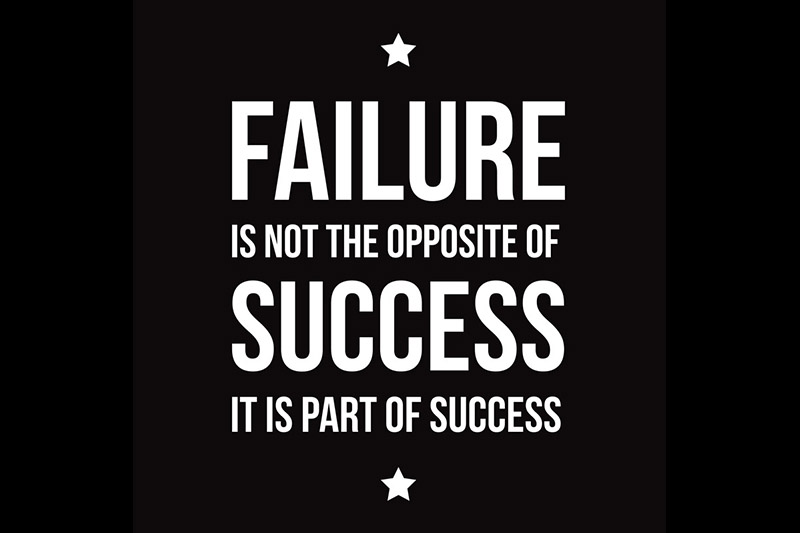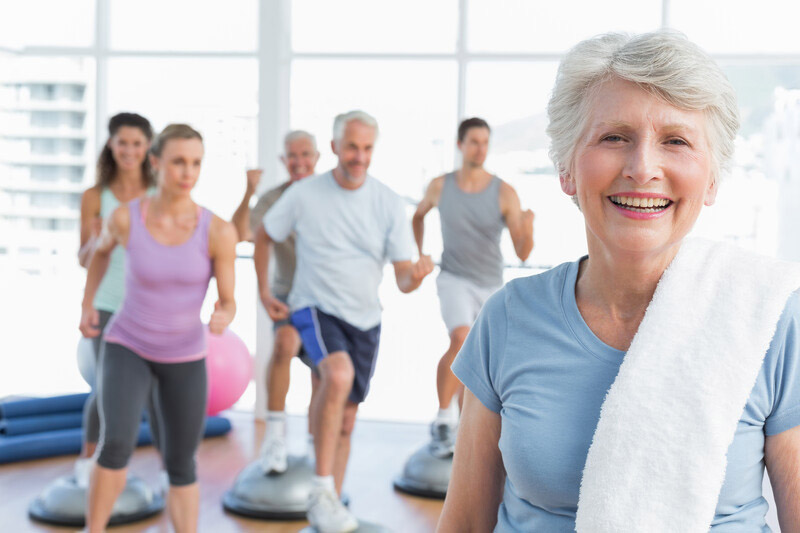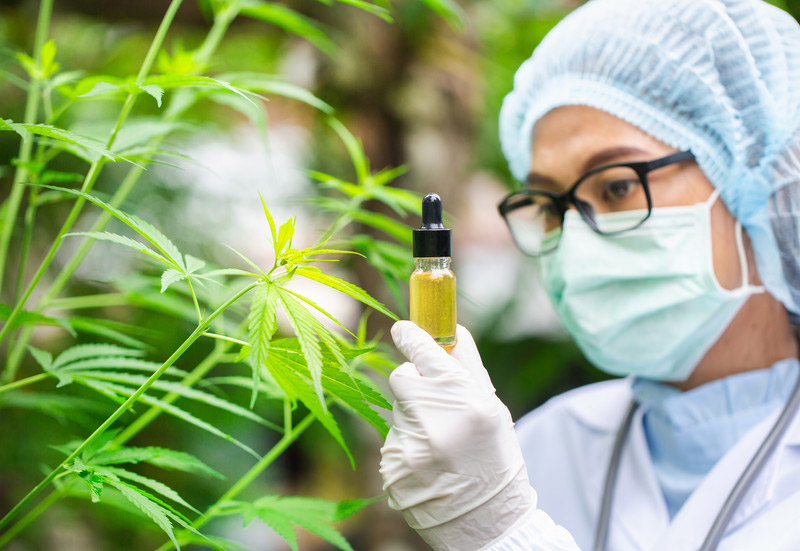
It’s getting close to that time of year again when all the new years intentions we developed are at the greatest risk of failing. According to the U.S. News and World report the failure rate for news years resolutions is said to be about 80% with most losing their resolve about mid February. It’s just about then that we get tired of eating salad, getting up early to go to the gym, put off meditating until later, going to bed early starts to get later and later as well as any of the other dozens of commitments that start to get harder to do.
We all start out with good intentions and truly believe this is the year we will do what it takes to achieve our desired goals. So as we get closer to critical mass I want to offer some suggestions to hopefully avoid the pit falls and keep you on track to achieve your goals.
Now that you have been at it a few weeks evaluate whether your goal was realistically achievable. If not readjust to a more achievable goal and then build on that. For example if you promised yourself that you would work out five days a week and you find you are actually getting there two to three times a week reset you expectations and try for three times a week with possibly adding stretching and yoga at home on the off days. This will keep you in the game and is actually more realistic for your life. Even if it is two to three days a week it is more than you were doing before and in time it will likely be more of a habit that you can build on.
Secondly consider taking smaller steps. For example it’s unlikely that you can go from 2500 calories a day to a 1000 and expect to sustain it for long. Start by cutting out deserts, or sugar or carbohydrates and adding more fruits and vegetables. Another option is to consider adding intermittent fasting to your regime if you don’t have blood sugar issues.
Being prepared for the changes you are making is another important factor in your success. This includes things such as getting to the store and having good food choices on hand that you actually enjoy eating. When we are hungry and we want to grab something quick or we come home tired and there isn’t anything appealing the likelihood we will make poor choices is greatly increased. Additionally if you have committed to working out make sure you pack your bag the night before and are ready to go. Gathering your things at the last minute before you walk out the door when you are already feeling rushed works against yourself.
Getting support from your friends or family also helps to enhance your success rate. If you are not the shopper in your household ask that whoever does this to be mindful of your needs getting delicious fruits, veggies and health snacks and avoid bringing sugary snacks or chips into the house. These are tough temptations when we are hungry and don’t want to take the time to prepare something.
Most importantly acknowledge the successes you have had. What you have done took thought, courage and energy. Make the choice each day to rededicate your self to what you are trying to achieve. If you fail that day don’t beat yourself up. Pick you again and start a new. It is important to remember that change is a process. We start out with an idea of what things should look like but it is much more fluid than absolute. Don’t hesitate to modify as things progress. Modifying is not failure. In fact it is much more likely to lead to your success.
With Gratitude,
Pat


